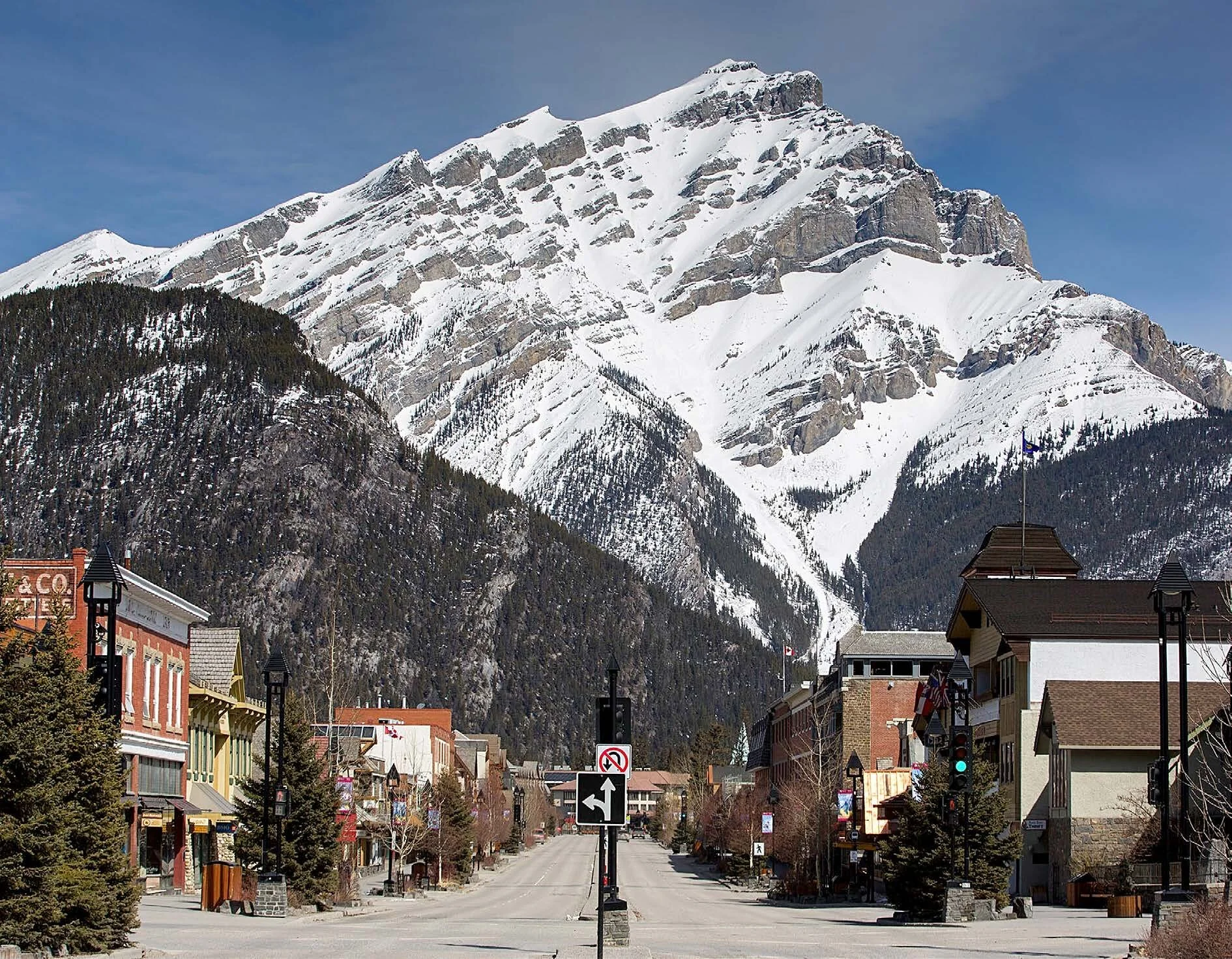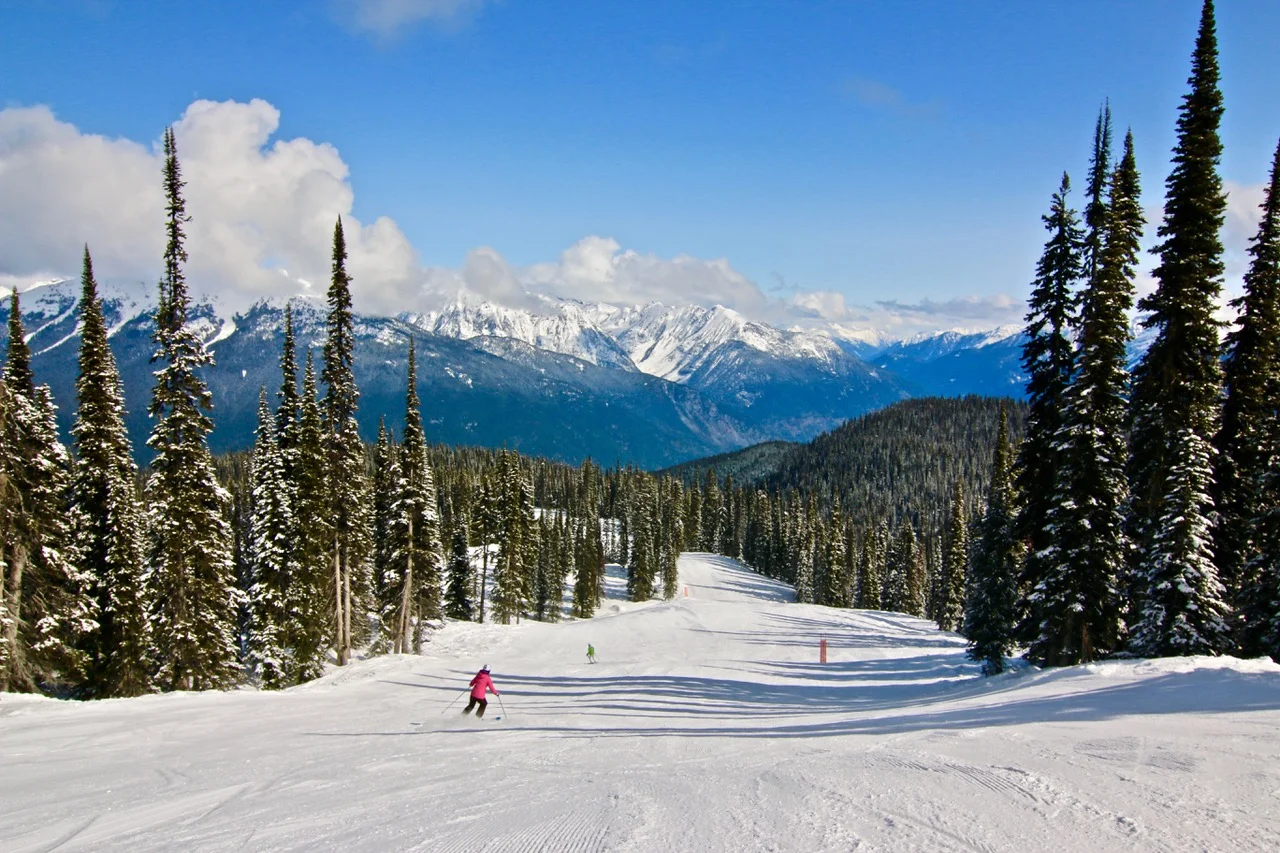This year marks the publication of the third annual volume of The Alpine Club of Canada’s State of the Mountains Report. Of course, 2020 will certainly be remembered as a very strange and unsettled year for most of us. Mountains may seem to be immune to human crises and influences, but the Covid-19 pandemic is a stark reminder that all places on our planet are intimately connected.
Read MoreIn this piece from Felix Sperling, he educates us on pine beetles and the effects of their kill. Will logging the trees help? Are they really the fire hazard we think they are? Are all pine beetles the same? Read on to learn more…
Read MoreThe ACC’s backcountry hut network is core to our identity - the huts represent our commitment to the environment and to the outdoor pursuits of our community. In this piece from Jim Gudjonson (Vice-President for Facilities), he overviews a bit of history on the Abbot Pass Hut and how ACC huts are the way forward for sustainable recreating and for connecting to wild places.
Read MoreThis piece from Mike Lapointe, David Patterson, Maxine Forrest, Kendra Robinson and Angus Straight explores rising water temperatures in the Fraser River and the correlation to salmon mortality. Does this mean the end of salmon, or will they adapt? Read on!
Read MoreEach summer, alpine snowfields across Canada undergo a startling transformation from white to pink, orange, or a startling red, known as watermelon snow. Microscopic examination reveals a hidden ecosystem that is stunningly beautiful and surprisingly complex.
Read MoreMountain caribou, the iconic resident of the area now known as Jasper National Park, are unfortunately on the decline. In this article from Layla Neufeld, she provides us with a bit of history around the Jasper-area caribou and the events leading up to their population decrease. The article closes out on a nice note however, touching on a new program from Parks Canada which attempts to augment caribou population.
Read MoreTwo serious accidents in the 1950’s within Banff National Park prompted Parks Canada to form what we know today as Visitor Safety. The team focusses on the prevention of incidents, as well as their responses to them.
Read MoreEver wonder how the mountains you’ve come to love came to be? John Waldron provides an overview of our early ideas and an outline of plate tectonics. Learn how the large arms of the Gros Morne National Park fjords were formed and what ice recession means for the mountains in our future.
Read MoreIn this article, Glen MacKay, Leon Andrew, Naomi Smethurst and Thomas D. Andrews highlight the importance of the ice patches in the Selwyn and Mackenzie Mountains. Through core samples and the melting process of the ice patches, scientists are able to gather important information on the animals and hunters that relied on these patches. So what happens when they’re gone? Read on for more info…
Read MoreMountains and alpine environments have long been a refuge for mammals, so what happens when there’s increased human access and development in this terrain? By following remote wilderness cameras, scientists have been able to track animals to see how they’ve been adapting to the change. In this article from Jason T. Fisher and Alina C. Fisher highlight grizzly and wolverines as well as considerations for future developments.
Read MoreBetween the 2016/17 and 2017/18 seasons, over 9.2 million visitors found themselves at one of Parks Canada’s seven mountain parks - that’s a lot! With increasing tourism and operations surrounding the industry, how do we keep up with the traffic while maintaining positive impact? In this article from Elizabeth Halpenny, she suggests that sustainability in the industry and on our mountains relies on tourist-operator collaboration in educating and providing opportunities for change.
Read MoreKluane First Nation (KFN) citizen Tosh Southwick and KFN staff member Kate Ballegooyen write from the viewpoint of an indigenous community in the face of climate change. They speak about the necessary need in their community to change and adapt as crossings melt and water levels lower, and the vital partnership that should exist when future decisions and policies on climate change are made to Traditional Territory.
Read MoreThe ACC has committed to publishing the State of the Mountains Report annually, with the 2019 edition set to drop next week. As we look forward to the next edition, we’re reflecting back on the 2018 report with a look at the opening essay by editors Lael Parrott, Zac Robinson and David Hik about how mountains matter to us all.
Read MoreWhile climate change is on the radar for most us, mountain communities will be among the first to feel challenged by its affects. In this article, Kevin Hanna writes about how mountain people are at the gates of climate change and how resilience and adaptation will be necessary to understand the risks and actions required to maintain a successful community.
Read MoreEarly surveying efforts in Canada has provided us with a large database of high-quality images, dating back as far as 1861. The Mountain Legacy Project (MLP), based at the University of Victoria in the School of Environmental Studies, has been using these images to explore change in Canada’s mountain landscapes. By accessing and comparing old images to new, the MLP is able to document and display changes in our landscape, from glaciers, treelines, vegetation encroachment to wildfire habits.
Read MoreHow do we observe and analyze the change to our glaciers, and why are these changes important to us and our alpine environment?
Mike Demuth shows us trends and glacial recession that are hallmarks of climate change and what we can expect for the future.
Read MoreWhat does climate change have to do with treelines shifting to higher and higher altitudes? And what does this mean for animal species relying on alpine ecosystems?
This piece from Carissa D. Brown explores our diverse treelines across Canada - what keeps them alive in certain locations and what facilitates, slows down or prevents their expansion.
Read MoreWith an increase in winter backcountry use, how do we help to reduce the risk of avalanche fatalities?
This article by Pascal Haegeli reviews our current knowledge base on avalanches and the blending of social sciences to help develop models for risk management.
Read MoreYears of scientific data on greenhouse gas emissions allow us to accurately predict changes in temperature over several decades, including best- and worst-case scenarios. The numbers show that, if we continue on our current trend, it could spell trouble for Western Canada’s ski resorts, especially the coastal ones.
Read MoreJoanna Croston, Programming Director for the Banff Mountain Film & Book Festival, provides a snapshot of the state of mountain literature, film and digital media in English Canada.
Read More




















